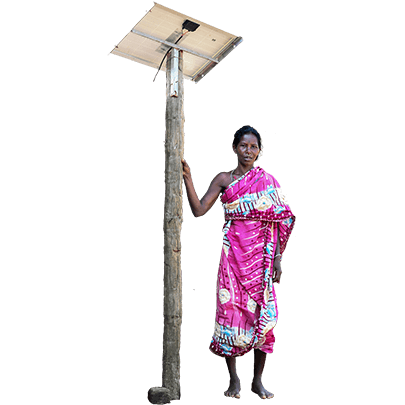Oracle Smart Community Interface
The 'Oracle Smart Community Interface - Bridging the Market and Health Services Gap in Tribal Areas of Odisha' project addresses information separation between small producers and markets on one hand and maternal and child health service (ICDS) users and service providers on the other. It supplements earlier interventions in horticulture and health-related services and is implemented in remote locations of Ganjam and Kalahandi districts in Odisha.
The project aims to establish a ‘smart community interface’ to overcome information separation between the market and farmers to aid better livelihoods for small producers, and health service providers and women for improved health of the women and children.

REACH
500 farmers, 500 VWSC members, 7000 persons
REGION
Kalahandi & Ganjam in Odisha
PROJECT STATUS
Completed
TIMELINE
April 2018 to March 2019
BUDGET
INR 48.09 lakh
PARTNERS
Oracle Giving, through Charities Aid Foundation, India
ACTIVITIES
- Setting up of hardware systems for Oracle Smart Community Interface
- Setting up of software for Oracle Smart Community Interface
- Creating and sharing market intelligence and information system with farmers
- Creating and sharing health information system for use by villagers and ICDS beneficiaries
- Training of VWSC personnel for integration with ICDS
RESULTS
- Hardware and Software Architecture with Closed loop Raspberry Pi networks powered by Solar energy deployed across six locations
- Village level entrepreneurs identified and trained for infrastructure operation and maintenance set up in their village
- Village entrepreneurs share content with users
- 500 identified farmers, across two districts, receive local mandi prices on their mobile phones four times a week and videos on agricultural best practices six times a month
- 500 VWSC members across the two districts receive information on Water Quality and Hygiene and Child Nutrition
- Capacities of VWSC members and ICDS beneficiaries built across 50 villages on water quality, hygiene and child nutrition